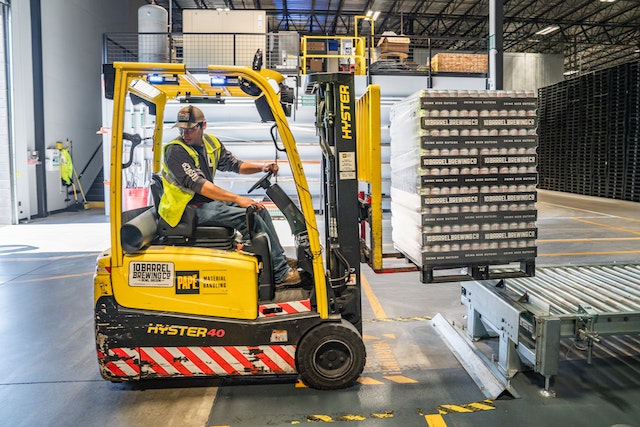A recent conveyor accident that resulted in a tragic fatality has shocked the community and raised concerns about workplace safety standards. The incident, which took place at a Qube port in Newcastle, garnered significant media attention due to its devastating consequences. It is crucial to recognize that accidents like these are entirely preventable if companies prioritize and implement proper safety measures.
This article will explore the steps companies should take to maintain high safety standards and prevent such tragedies from occurring in the future.
The Incident:
A 65-year-old grandfather was killed in a workplace accident at a demolition site on Kooragang Island near Port of Newcastle on the 22nd of June afternoon. The man was a third-party contractor working for Qube ports when he was struck by a large pole during demolition work. He suffered severe injuries and died at the scene. The incident is currently under investigation by NSW Police.
The incident highlights the urgent need for companies to address safety concerns related to conveyors and take proactive measures to prevent accidents.
Ensuring Safety Standards:
To avoid conveyor accidents and promote a safe work environment, companies must adhere to essential safety practices:
Regular Maintenance: Conduct routine inspections and maintenance checks to identify potential issues with conveyor systems. This includes examining belts, rollers, motors, and other components for signs of wear or malfunction.
Training and Education: Provide comprehensive training to all employees who operate or work near conveyors. This training should cover safe operating procedures, emergency protocols, and proper use of personal protective equipment (PPE).
Clear Safety Guidelines: Establish clear and well-documented safety guidelines for operating conveyors. These guidelines should include instructions on lockout/tagout procedures, proper guarding, and safe work practices.
Risk Assessments: Conduct regular risk assessments to identify hazards associated with conveyors. This process involves evaluating the work environment, identifying potential risks, and implementing appropriate controls to mitigate them.
Adequate Staffing: Ensure that an adequate number of trained personnel are available to operate and monitor conveyor systems. Overburdening employees or understaffing can lead to rushed decisions and increased likelihood of accidents.
Emergency Preparedness: Develop and practice emergency response plans specific to conveyor accidents. Employees should be aware of evacuation routes, emergency stop buttons, and communication protocols to ensure a swift and effective response in case of an incident.
The Role of Conveyor Expert Witnesses:
In the unfortunate event of a workplace accident involving conveyors, seeking legal assistance becomes crucial. Companies must retain an attorney with expertise in conveyer systems to navigate the legal complexities associated with such incidents. Additionally, hiring an experienced Conveyor Expert Witness can provide valuable insights during litigation proceedings. These experts possess in-depth knowledge and experience in conveyor systems, enabling them to analyze the accident, determine liability, and provide expert testimony to support legal claims.
Conclusion:
The recent conveyor accident at the Qube port worksite serves as a somber reminder of the importance of maintaining high safety standards in the workplace. By following proper safety practices, conducting regular maintenance, and providing comprehensive training, companies can significantly reduce the risk of conveyor accidents.
However, should an accident occur, it is essential to seek legal assistance and consult a Conveyor Expert Witness to ensure a thorough investigation and representation during legal proceedings. By prioritizing safety and taking necessary precautions, companies can prevent such tragedies and create safer work environments for their employees.

